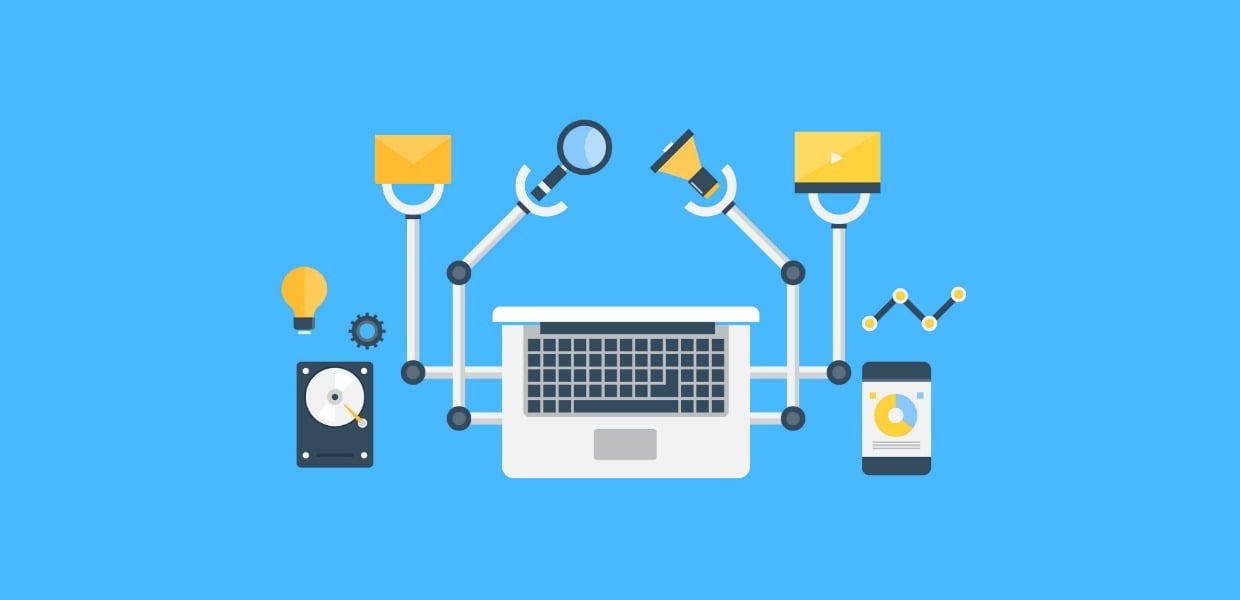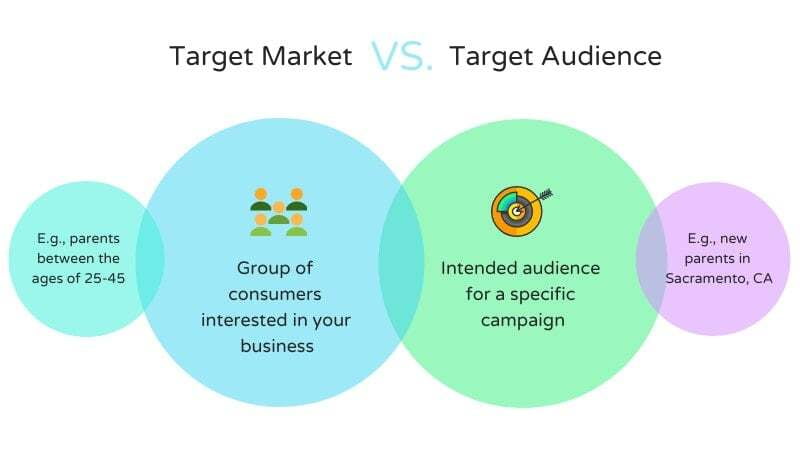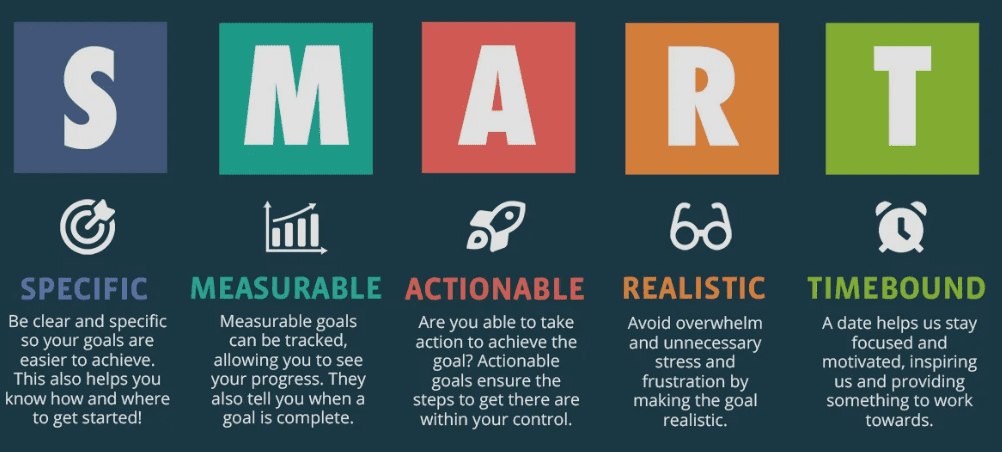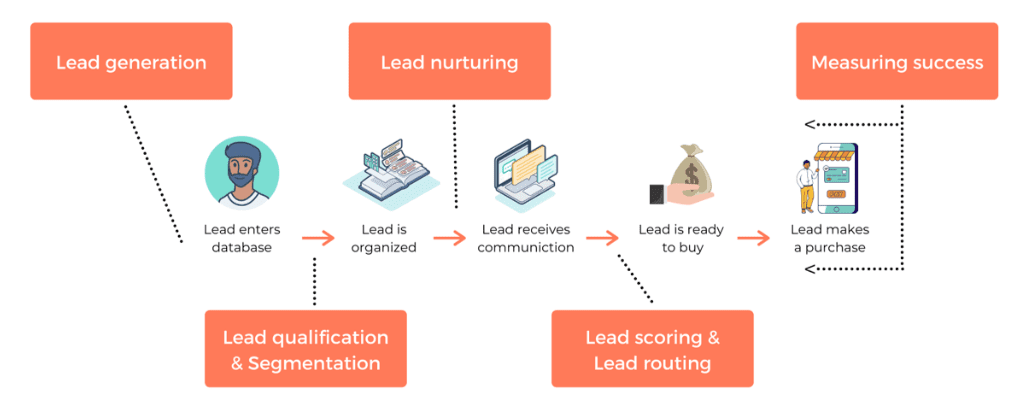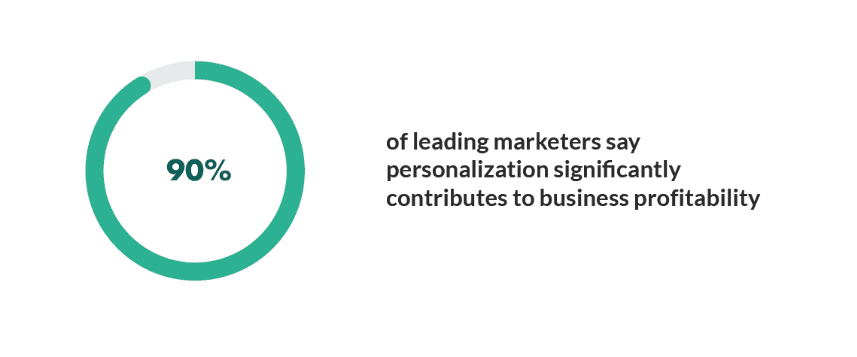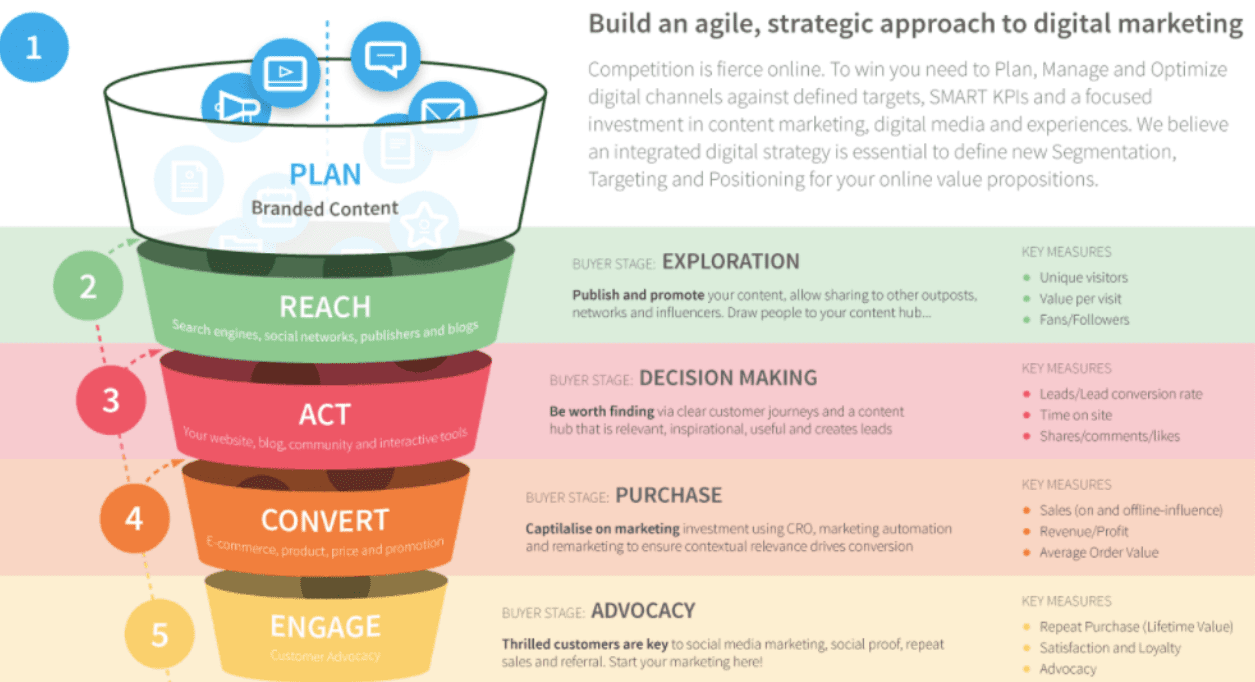Marketing automation has become a must-have tool for companies of all sizes trying to automate their marketing activities and increase their ROI. Marketing automation may help businesses reach their target audience more efficiently, nurture leads, and boost customer engagement in today's increasingly competitive market.
The use of software to automate repetitive marketing processes like as email marketing, social media posting, lead management, and data analysis is referred to as marketing automation. Businesses can use marketing automation to send targeted, personalized information to their target audience at the right time and through the right channels. This not only saves time but also allows businesses to strengthen their relationships with their clients by offering relevant material that suits their individual demands.
Understand Your Audience
Understanding your target demographic is essential for any successful marketing automation approach. Before you begin automating your marketing efforts, you must first understand your target audience, their pain points, and what they are seeking for in your product or service. Understanding your target audience allows you to develop more tailored and focused content that will resonate with them, resulting in increased engagement and conversion rates.
Creating buyer personas is an efficient technique to understand your target customer. Based on genuine data and research, a buyer persona is a fictitious representation of your ideal consumer. To develop a buyer persona, begin by gathering demographic information such as age, gender, geography, and income, and then go further into their goals, difficulties, motivations, and behaviors. This information can be gathered by surveys, interviews, or online research.
You can utilize your buyer personas to direct your marketing automation efforts once you've built them. You can, for example, split your email lists based on personas and send customized emails that address their specific requirements and interests. Behavioral triggers, like as website visits or material downloads, can also be used to send customized content that corresponds to their position in the buyer's journey.
Learning about your target demographic is critical for developing successful marketing automation programs. By investing time in researching and developing buyer personas, you can ensure that your messaging resonates with your target audience, resulting in increased engagement rates, conversions, and, ultimately, income for your company.
Set Specific Goals
By defining your goals upfront, you can align your campaigns with your business objectives and measure your progress along the way. This helps you identify what's working well and what needs improvement, leading to more effective campaigns and better business outcomes. Without clear goals in mind, it can be challenging to measure the success of your campaigns or identify areas for improvement. When setting goals for marketing automation, it's important to make them specific, measurable, attainable, relevant, and time-bound (SMART).
Choose the Right Marketing Automation Software
Distribution Channels
One marketing tip is for you to always have communication & distribution channels for your prospects and customers. Building a niche target group will allow you to focus on delivering campaigns that provide the greatest effect for your prospects. The campaigns you deliver must provide some sort of relief or resolve for your customers, so they feel a sense of security when dealing with their business problems.
Effective distribution means you must have an understanding of your customer as well as the capacity to personalize the message to their specific interests and behaviors. To engage with audiences, firms employ a combination of channels such as email, SMS, social media, and push notifications in marketing automation. Personalization and segmentation are critical to successful distribution. Businesses may adapt their message to each individual and deliver it through the most effective channel by using data to analyze customer behavior. Automation aids in streamlining this process by allowing organizations to automate campaigns based on triggers like as behavior, location, and time, or even stages in your sales pipeline.
Develop a Lead Management Strategy
To make the most of your marketing efforts, it's crucial to have a well-defined strategy in place for lead management, which is the process of gathering, nurturing, and turning leads into consumers. For creating a lead management plan, consider the following best practices:
- Define your target customer: You must identify your ideal client before you can manage your leads efficiently. This entails comprehending their needs, drives, and purchasing patterns. Create buyer personas using this data to direct your lead management activities.
- Capture Leads: Take advantage of landing pages, forms, and other lead capture tools to get your prospects' contact information. To maximize conversion, make sure your lead collecting forms are in line with your marketing messaging.
- Nurture Prospects: Leads must be nurtured through the sales funnel after being collected. To determine where leads are in the buying process, use lead scoring and segmentation. Then, send customized content that speaks to their particular requirements and interests.
- Convert into Customers: To turn leads into clients, use behavioral triggers and automated workflows. This involves offering a seamless purchasing experience, delivering individualized offers, and sending targeted communications.
- Measure Results: Keep track of your lead management activities and compare your outcomes to your targets. This enables you to pinpoint problem areas and enhance your lead management strategy for better outcomes.
Personalize Marketing Efforts
Measure & Optimize
Conclusion
To summarize, successful marketing automation requires a clear strategy aligned with corporate objectives, individualized message to boost engagement, continual optimization through data analysis and testing, regulatory compliance, and platform selection. Businesses may use marketing automation to boost their marketing efforts and generate growth by following these best practices. While marketing automation can be an effective tool, it should not be used in place of human connections or touchpoints. Combining automated and human touchpoints can result in a more personalized and engaging customer experience, leading to improved customer loyalty and advocacy.

